Choosing between LEDs and OLEDs is crucial, as navigating lighting and display technology is now more complex. To fully enjoy your home lighting, car headlights, and new TV, it’s crucial to understand these technologies.
This guide explains LEDs and OLEDs and why they are important for consumers. It will also cover the differences between the two.
Understanding the Basics
What is LED?
An LED, or Light Emitting Diode, is fundamentally a semiconductor light source. When an electric current flows through a semiconductor, it creates light through electroluminescence. Traditional incandescent light bulbs work by heating a filament. However, this is very different. LEDs have many benefits. They last up to 25,000 hours or more and use less energy. The reason for their wide use is that they require less energy and last a long time.
What is OLED?
OLED is a newer technology called Organic Light Emitting Diode. It is transformative. Unlike traditional LEDs, OLEDs use organic materials, like carbon, to create light. Electricity creates light by using organic compounds between two conductors. OLED technology can create deep blacks and vivid, lifelike colors. OLED displays have pixels that light up separately. This makes the screen brighter and enhances color contrast.
A Journey Through Time
Historical Perspective of LEDs
LEDs were first experimented with in the 1900s. They went through many changes before becoming more solid in the late 1960s. Nick Holonyak Jr., known as the “Father of the LED,” made the first useful colored LED in 1962. LEDs have improved a lot, with more colors and brightness. Small indicator lights in electronic devices have become a versatile technology. They have revolutionized lighting and displays in different industries.
The Rise of OLEDs
The evolution of OLED technology is also a tale of innovation and ambition. OLED research started in the 1950s. In the 1980s, Kodak made a practical OLED device. This made OLED technology commercially viable. Today, OLEDs are mainly used in high-end TVs and smartphone displays. They offer excellent image quality and energy efficiency. OLEDs are different from LEDs. They can make screens that bend and are see-through. This pushes the limits of display technology.
Working Principle of LED & OLED
How Do LEDs Work?
LEDs function on the principle of electroluminescence, a phenomenon that occurs in semiconductors. A semiconductor has two layers: one with more electrons and one with fewer electrons. Electrons from the N-layer fill the “holes” in the P-layer when a current flows through the diode. This union of electrons and holes releases energy from photons, creating light. The color of the light depends on the type of material used in LEDs, creating different hues. LEDs are efficient and produce less heat than incandescent or fluorescent lights.
How Do OLEDs Work?
OLEDs use organic compounds to make light, not like LEDs that need a crystal. An OLED is made up of organic layers placed between an anode and a cathode, on a substrate. When a voltage is applied to the OLED, electrons move from the cathode to the anode and fill the electron holes. As they move through the organic layers, these electrons release energy in the form of light. Organic materials are used to make thinner, lighter, and more flexible designs. This allows for foldable displays and transparent screens.
長所 & Cons Side by Side
Advantages of LED Lights
LEDs are very efficient and use 80% less power than traditional lights. LEDs can last up to 50,000 hours, which makes them cost-effective because of their longevity. LEDs are very versatile. LED lights are versatile. LED lights are flexible and can be used for many things, such as lighting, car lights, and signs. Their robustness and ability to withstand extreme temperatures further bolster their versatile applications.
Disadvantages of LED Lights
Despite the many benefits, LEDs do have shortcomings. Premium models with advanced features, like color-changing capabilities, may have high initial costs. Users believe that LEDs should have more vibrant colors, including reds and yellows. The LED setups may flicker or have uneven brightness. This can happen due to poor drivers or incompatible dimming systems.
Advantages of OLED Lights
The OLED technology shines when it comes to color reproduction and contrast. It can display true blacks because each pixel is individually lit and can be turned on or off. This attribute also allows for extreme viewing angles without losing color accuracy. OLEDs are made of lightweight plastic, which makes them flexible and less likely to break. OLEDs have special features. They are used in bendable phones and rollable TVs.
Disadvantages of OLED Lights
OLEDs are not without their pitfalls. CFLs cost more to make than LEDs, so regular people can’t afford them. OLEDs with organic materials degrade faster, especially the blue colors. This means they may need to be recalibrated or replaced more often. This affects their cost-effectiveness over time. OLED displays can get image retention or “burn-in” because each pixel emits light.
Energy Efficiency: LED vs. OLED
The Energy Efficiency of LEDs
When it comes to energy efficiency, LEDs are the undisputed champions. LED lights are very efficient, converting over 50% of electrical energy into light. They also minimize wasteful heat dissipation, unlike any other lights. This makes them an eco-friendly choice, lowering carbon footprints and electricity bills alike. Efficient conversion is crucial for solar lighting because every watt counts. LEDs are usually better than OLEDs for long-term sustainability and operational costs.
OLED’s Energy Profile
OLEDs, while not as energy-efficient as LEDs, have their own set of advantages. One significant upside is their ability to conserve energy when displaying darker images. OLED pixels can turn off on their own, no backlighting needed like LED-backlit screens. You can save energy by controlling the light when watching movies or using “dark mode.”
Quality & Performance Comparison
Picture Quality in LEDs and OLEDs
OLEDs are often hailed for their outstanding picture quality. Each pixel emits its own light, resulting in deeper blacks and more vivid, accurate colors. This is especially helpful in things like professional photography monitors and high-end TVs. Color accuracy is very important in those cases. LEDs use a mechanism called LCD shutter with backlighting to produce colors. LEDs have better color accuracy now, but they don’t have the vivid colors or true blacks of OLEDs.
Lifespan and Durability
LEDs are the marathon runners in the lifespan category, often lasting up to 50,000 hours. These strong lights are durable because they are made with inorganic materials. They are perfect for streetlights and industrial settings. OLEDs are advanced, but their lifespan is shorter because of organic components. Static images can permanently discolor pixels, called “burn-in,” reducing their lifespan. OLEDs might look better, but LEDs last longer and are more durable.
Real-Life Applications
Where You’ll Find LEDs
LEDs are the ubiquitous workhorses of modern lighting and display technology. They illuminate our streets and highways as energy-efficient streetlights. LEDs are important for car headlights. They make the light more accurate and safer. They control the TV market by offering inexpensive TVs that are of good quality. LEDs are used in agriculture too. They help plants grow better in indoor farms. This versatile technology extends to medical applications, aiding skin treatments and surgeries.
Where OLEDs Shine
Regarding a superior viewing experience, OLEDs are often the go-to technology. High-end TVs and smartphones use them as the best because they show rich colors and deep blacks. OLEDs are being used in architectural lighting, adding flexible and design-friendly options. They can be integrated into a building’s structure for both beauty and practicality. OLEDs have important benefits in places like airplane cockpits and medical displays. They make things easier to see and reduce eye strain.
Future Outlook: Which One Has a Brighter Future?
OLEDs are becoming more popular for high-quality displays in specialized applications. However, wait to write off LEDs. They continue to be the backbone of general lighting applications. They will continue to dominate industrial lighting and automotive applications for many years. OLEDs and LEDs keep getting better. OLEDs last longer and LEDs have better colors.
FAQs: LEDs vs. OLEDs
Is OLED Superior to LED Technology?
The question of OLED vs. LED supremacy is highly contextual. OLEDs have really dark blacks and show a wide range of colors, making the picture look amazing. OLEDs are pricier and less sturdy than LEDs. LEDs can be used in many applications like traffic signals and medical devices. If you want the best visual experience and don’t mind spending more money, OLEDs are for you. LEDs win hands down if it’s about value for money, energy efficiency, and longevity.
What’s the Typical Lifespan of OLEDs Compared to LEDs?
OLEDs usually last around 14,000 hours, considerably less than LEDs, and can go up to 50,000 or more. OLEDs degrade faster because of their organic materials, especially the blue pixels. However, you may only notice this difference at home if you keep your OLED device on all the time.
How Environmentally Friendly are OLEDs?
OLEDs indeed have a lesser carbon footprint than conventional LEDs. This is because OLED technology allows for the individual switching off of pixels. When showing dark images, an OLED screen uses less energy than an LED screen with a backlight. OLEDs are good for the environment because they use pixel lighting that saves energy.
Are LEDs Really that Versatile?
The versatility of LEDs is unparalleled. LEDs are used in many ways, like car headlights, streetlights, and even for plants’ sunlight. LEDs are used in many industries and by consumers because they are adaptable and strong.
Can OLED Displays Suffer from "Burn-in"?
OLED displays can have burn-in, where static images don’t fade and stay visible. This is due to the uneven degradation of the organic materials that make up the pixels. LEDs, which use inorganic materials, don’t have this problem. Therefore, they are a better choice for displays that show still pictures for a long time.
Why Are OLEDs So Expensive?
OLEDs are pricier because they use expensive materials and a complex process. OLED displays have the best image quality, making them a top product in the market.
How Energy-Efficient Are LEDs?
LEDs are highly efficient. They convert over 50% of electrical energy into light. Older technologies, such as incandescent bulbs, can only turn 5% of energy into light. This is a big improvement. The rest gets wasted as heat.
Do OLEDs Work Well in Bright Environments?
OLEDs have better viewing angles and deeper blacks, but struggle in bright environments. The screen brightness is generally lower than in LEDs. LEDs offer better visibility if you plan to use your display in a well-lit room.
Are LEDs Good for Your Eyes?
LED lights are safe for eyes. Newer models have flicker-free technology and blue light filters. But, if you look at a lot of blue light from LEDs for a long time, it can be a problem. So, it’s a good idea to take breaks often.
What’s the Future of LED and OLED Technologies?
Both technologies are continually evolving. Experts expect OLEDs to have more specialized applications that require high-quality displays. At the same time, LEDs focus on becoming more energy-efficient and durable. As the research goes on, these technologies will collaborate instead of competing.
結論 & Verdict
LED and OLED are now crucial in the evolving field of display and lighting technology. LEDs are long-lasting, energy-efficient, and versatile, which makes them great for many uses. OLEDs are more expensive, but they have unbeatable color and image quality. This makes them the top choice for people who want the best visuals. When deciding, consider what matters: energy usage, durability, appearance, and cost.
In the ever-evolving landscape of LED and OLED technology, knowledge is power. If you want the best LEDライト, check out ユニトップ. We are a top LED manufacturer in China. With decades of industry expertise, we’re here to illuminate your path. Questions? Requirements? Don’t hesitate to 連絡を取り合う. Trust Unitop to light up your world.

トムは現在、セールスマネージャーとして ユニトップ(中国)有限公司.になっているそうです。 LED照明 2005年入社。セールス&マーケティング、工場管理の専門家である。ボディビルが好きで、熱狂的なアップルファンでもある!努力家で、新しいことを学び、試すのが大好きです。
電子メール tom@unitopledstrip.com WhatsAppです: +86-18680307140

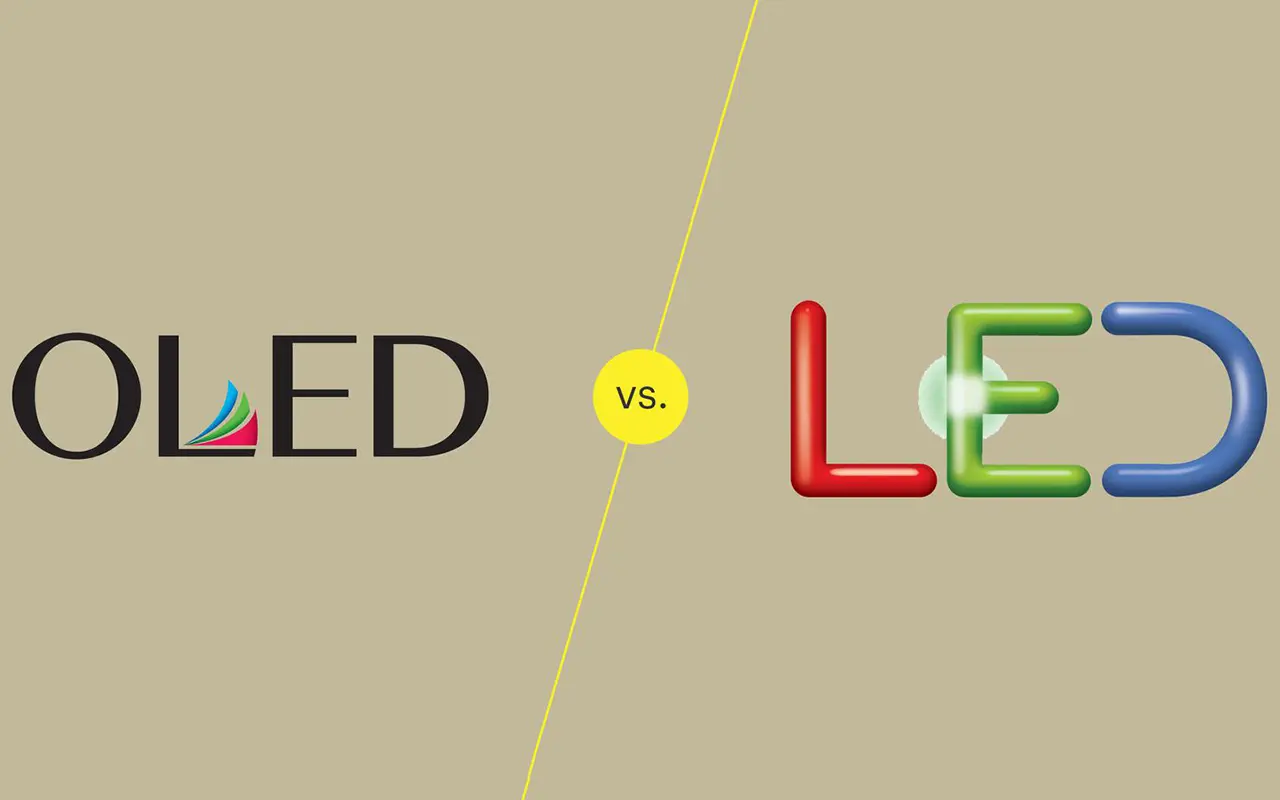
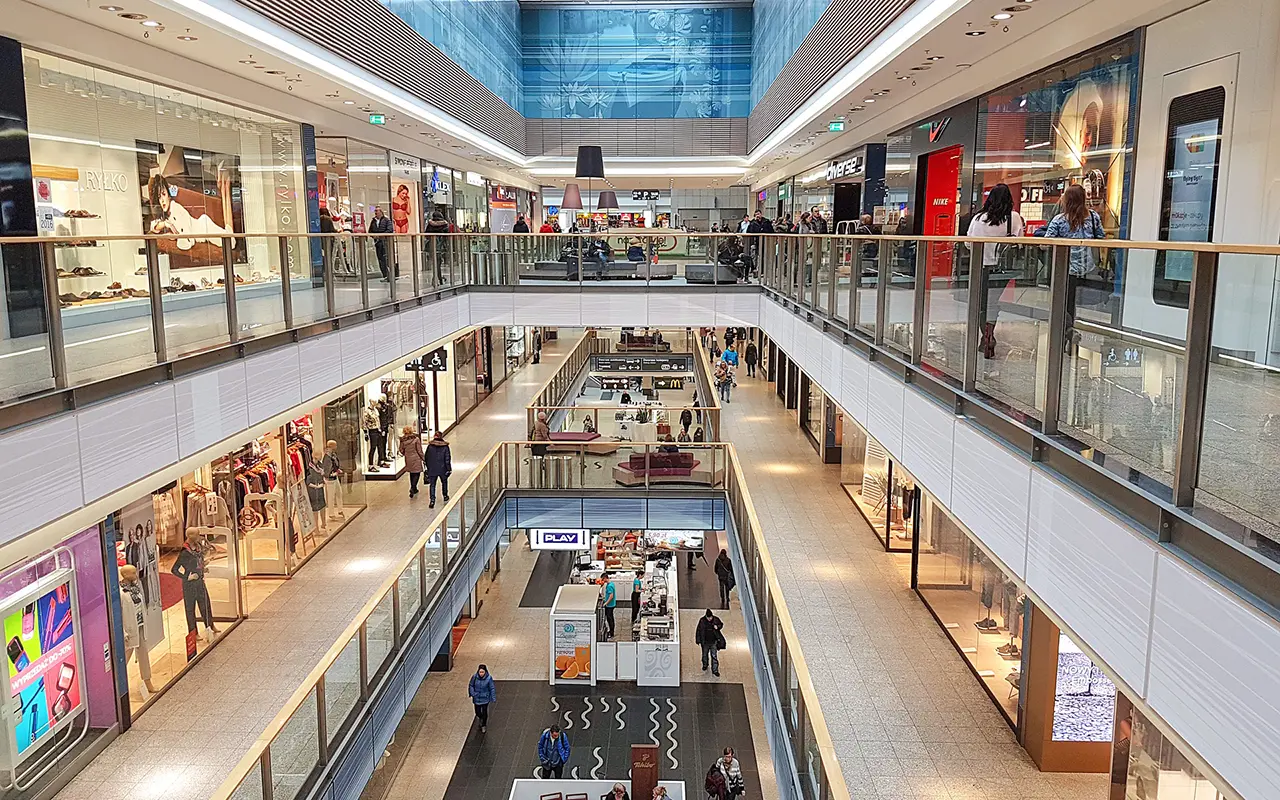
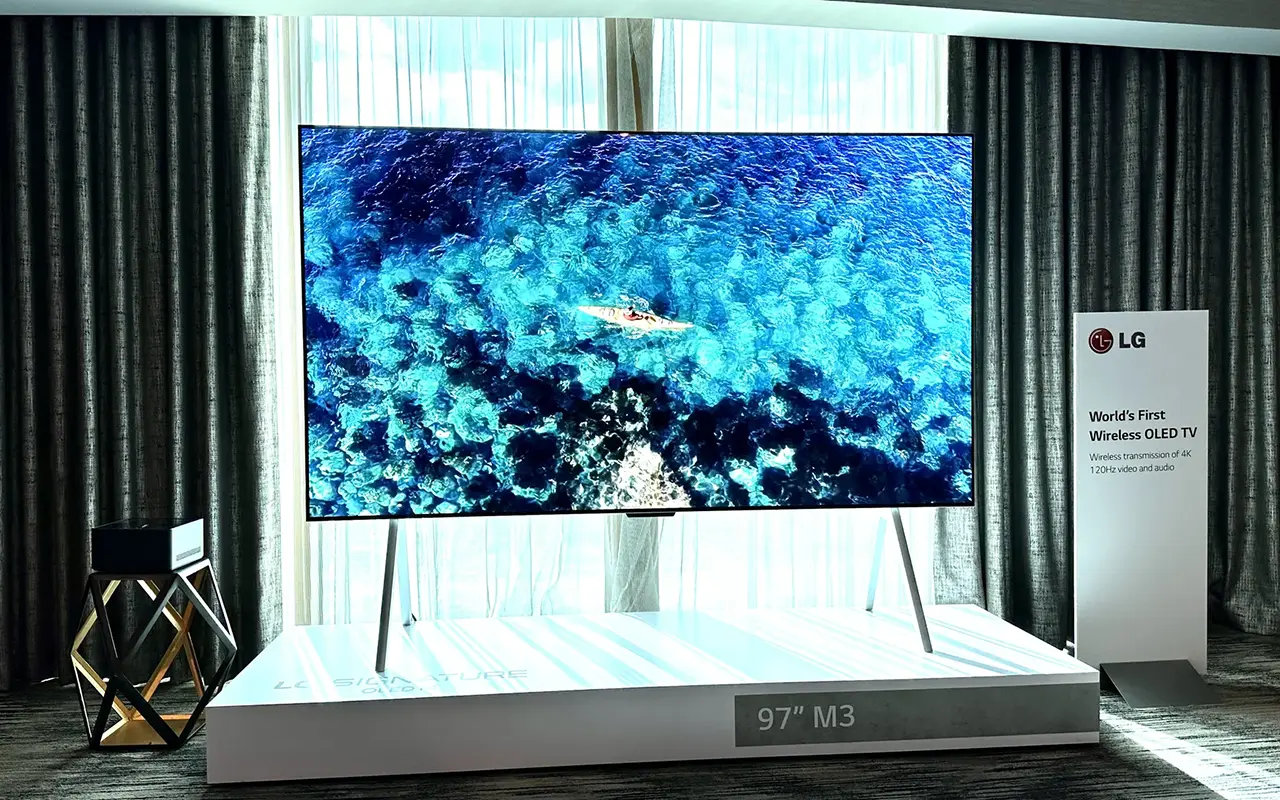

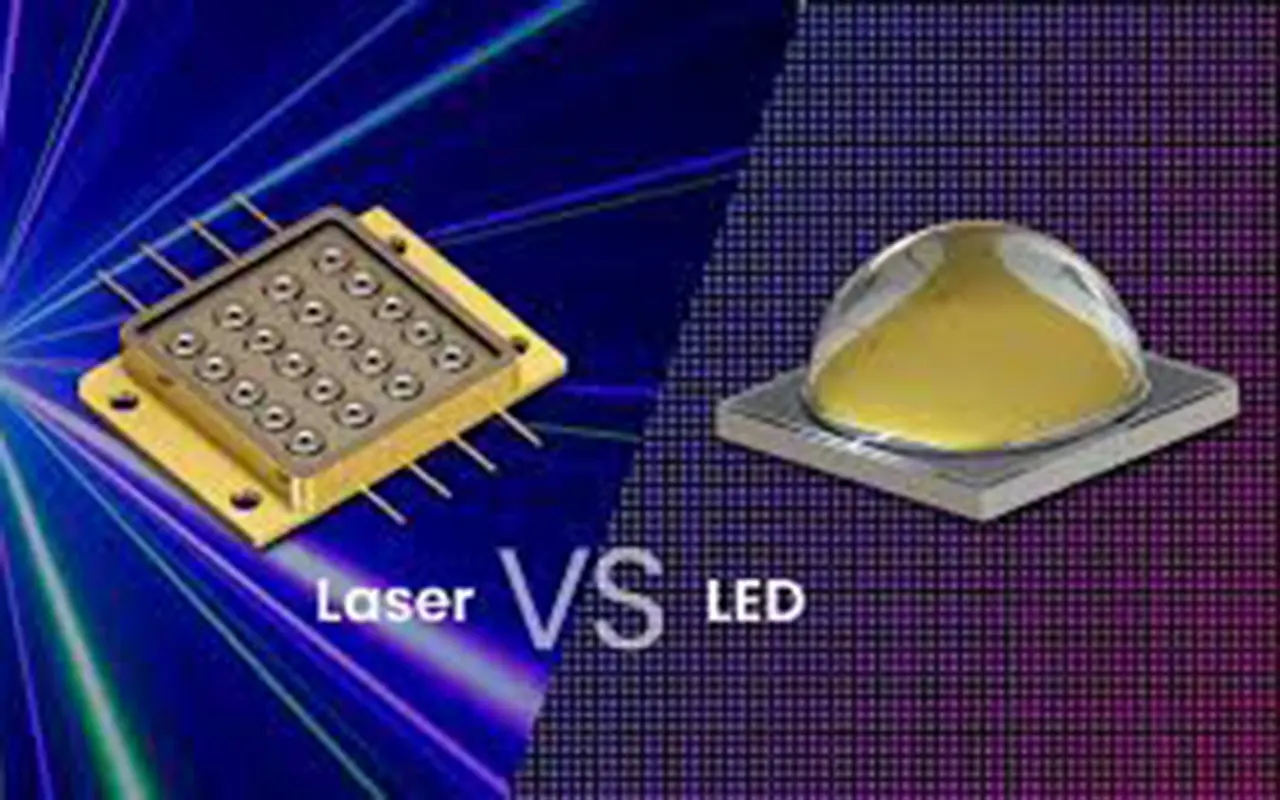
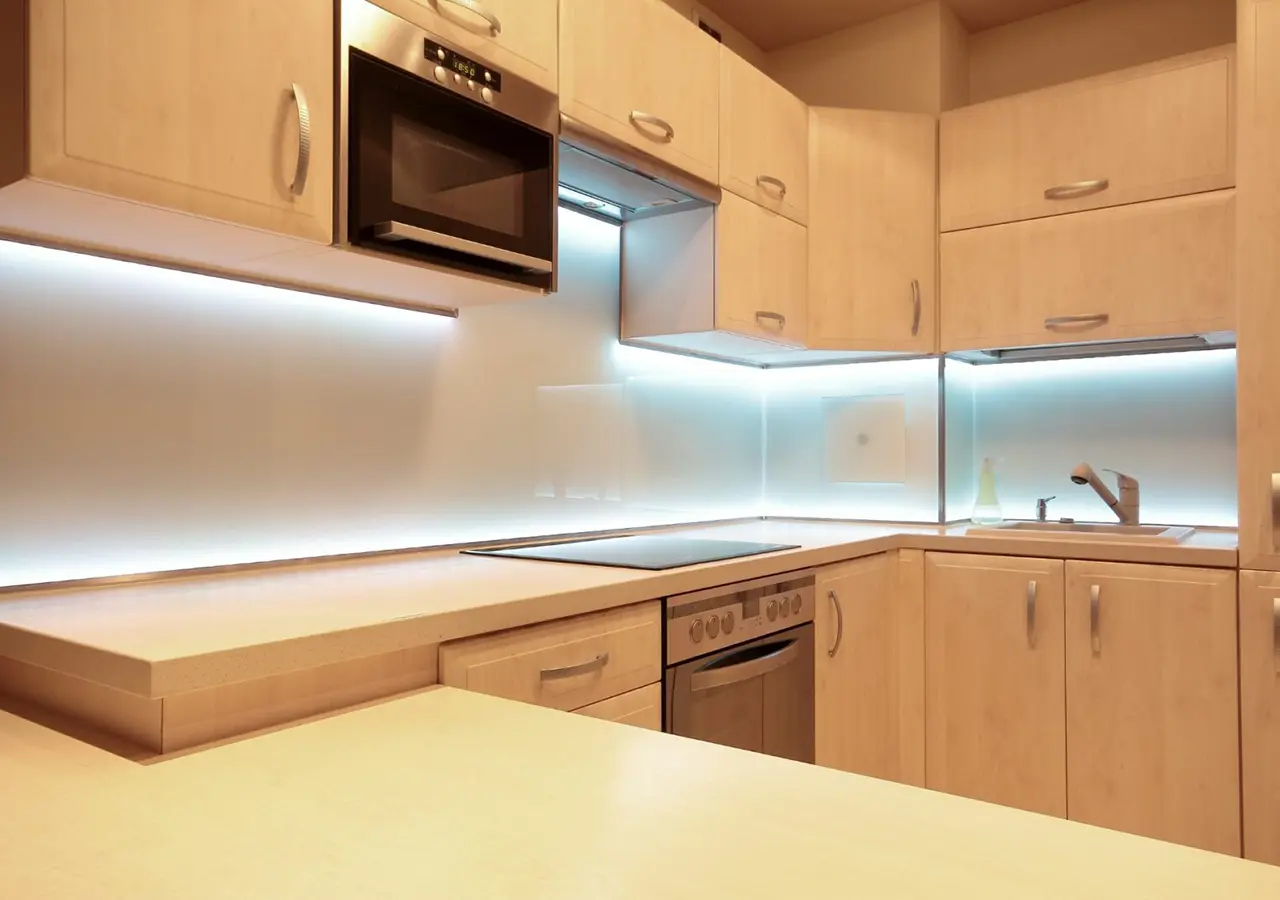
返信を残す
ディスカッションに参加したい方はこちらお気軽にご投稿ください!